The All on 6 dental implant system has become a popular solution for individuals seeking to replace multiple missing teeth. This innovative approach offers numerous benefits, but it is imperative to understand the potential all on 6 dental implants problems that may arise. By identifying these challenges early on, patients can take proactive measures to ensure their oral health and implant longevity.
Acknowledge All on 6 dental implants
The All on 6 dental implant concept is designed to provide a full arch of fixed replacement teeth supported by just six strategically placed dental implants. This method not only maximizes the use of available bone but also minimizes the need for bone grafting procedures, making it an appealing option for many patients. As with any surgical procedure, however, there are inherent risks involved, as well as the potential for complications post-treatment.
Acknowledging the benefits of All on 6 dental implants—such as improved aesthetics, restored function, and increased confidence—is essential, but so is recognizing the possible issues that may arise. Misunderstanding or ignoring these potential all on 6 dental implants problems can lead to severe consequences for both the patient’s overall health and the success of the treatment.
This blog aims to delve into the common problems associated with All on 6 dental implants. By understanding these issues, patients can better inform themselves and engage in discussions with their dental professionals regarding prevention, management, and ongoing care.
Common problems associated with All on 6 implants
Despite the impressive success rates associated with All on 6 dental implants, various problems can occur. Understanding these issues is crucial for anyone considering the procedure or currently dealing with implants. Here are some of the most common concerns:
Implant failure
Implant failure is one of the most significant concerns linked to All on 6 dental implants. While this occurrence is relatively rare, it can have severe implications for the patient.
Causes of Implant Failure
Various factors can contribute to implant failure, including:
- Poor Osseointegration: For dental implants to be successful, they must fuse properly with the jawbone in a process called osseointegration. If the bone fails to integrate effectively, the implant may loosen or fail altogether.
- Bone Loss: Patients who suffer from significant bone loss may initially seem eligible for All on 6 implants; however, if the existing bone structure cannot support the implants, complications may arise.
- Smoking: The adverse effects of smoking on overall health extend to dental implants, as tobacco use can hinder healing and reduce blood flow to the gums.
- Underlying Health Conditions: Certain medical conditions, such as uncontrolled diabetes or autoimmune diseases, can severely impact healing and increase the risk of implant failure.
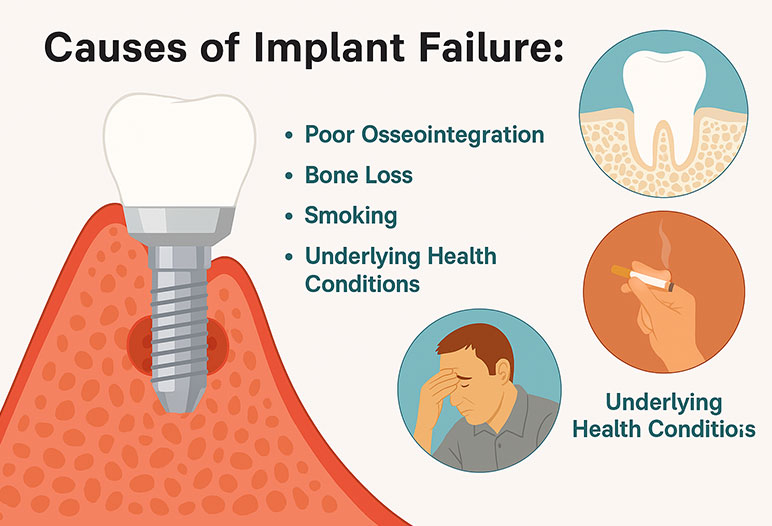
Signs of Implant Failure
Patients should be vigilant for signs indicating potential implant failure, including:
- Mobility: If the implant feels loose or wobbly, it could indicate a failure in osseointegration.
- Pain: Persistent pain at the implant site, especially if accompanied by swelling, should never be ignored.
- Infection: Symptoms such as unusual discharge or persistent inflammation around the implant could signal an infection, necessitating immediate attention from a dental professional.
Infection (Peri-implantitis)
Another critical concern related to All on 6 dental implants is peri-implantitis, which is defined as a bacterial infection in the gum tissue surrounding the implants.
Definition and Cause
Peri-implantitis occurs when bacteria accumulate around the implant, leading to inflammation of the surrounding soft tissues. If left untreated, this condition can progress, resulting in significant bone loss and jeopardizing the implant’s stability.
Risk Factors
Several factors heighten the likelihood of developing peri-implantitis, including:
- Poor Oral Hygiene: Inadequate brushing and flossing can lead to plaque buildup, contributing to the onset of infections.
- Pre-existing Gum Disease: Individuals with a history of periodontal disease are at a higher risk for developing peri-implantitis post-implantation.
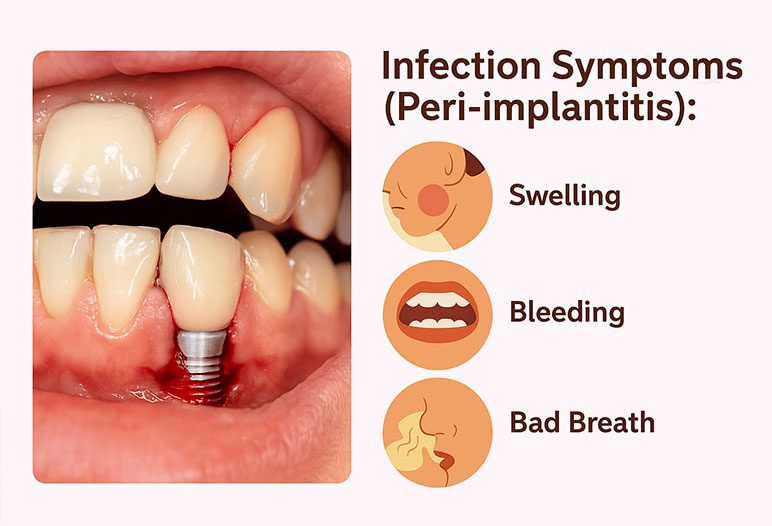
Symptoms
Patients should be aware of the symptoms associated with peri-implantitis, which may include:
- Swelling: Inflammation around the implant site can lead to noticeable swelling in the gums.
- Bleeding: Gums that bleed during brushing or flossing can be a sign of infection.
- Bad Breath: A persistent foul odor emanating from the mouth might indicate bacterial overgrowth and infection.
- Implant Loosening: If the implant becomes mobile, it suggests advanced stages of peri-implantitis that require urgent intervention.
Prosthetic complications
While the success of All on 6 implants heavily relies on the implant itself, the prosthetic restoration—the bridge or denture attached to the implants—can also present its own set of complications.
Issues with Fit
One of the most common issues patients encounter is a poor fit of the fixed bridge or denture. An ill-fitting prosthesis can lead to discomfort, difficulty chewing, and even irritation of the surrounding tissues.
Loosening of Screws
Over time, the screws that secure the prosthetic restoration to the implants may loosen, necessitating adjustments or replacements. Regular maintenance appointments can help prevent this issue from escalating.
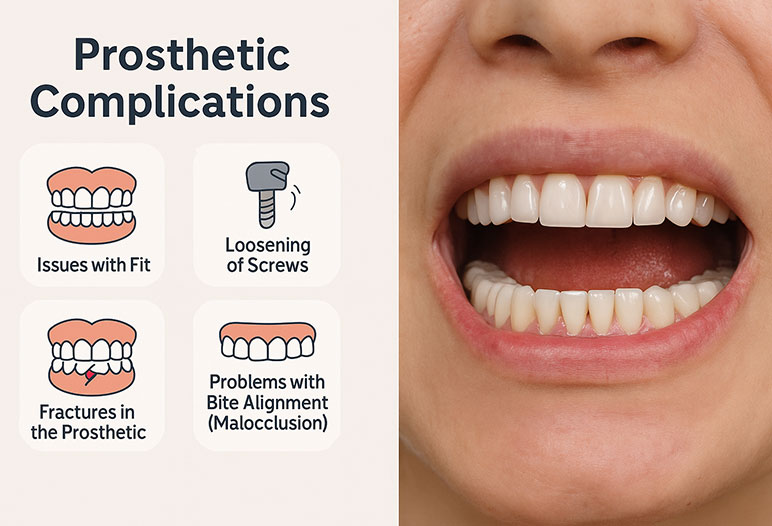
Fractures in the Prosthetic
With normal wear-and-tear, particularly in cases where excessive force is applied while chewing, fractures or chips may occur in the prosthetic material. Awareness of the limitations of each type of material can help patients make informed decisions about their prosthetic options.
Problems with Bite Alignment (Malocclusion)
Achieving optimal bite alignment is crucial for functional efficiency. Malocclusion arises when the upper and lower teeth do not align correctly, causing stress on the implants and the surrounding structures. This can lead to discomfort and potential implant failure if not addressed promptly.
Bone loss over time
Even after successful implantation, bone loss remains a concern for patients undergoing the All on 6 procedure. Over time, the pressure exerted on the jawbone by the implants can lead to changes in bone density.
Pressure and Bone Remodeling
When implants are placed, they create localized pressures within the jawbone. Although they are designed to mimic the natural tooth root, improper load distribution can lead to bone resorption, where the bone begins to diminish due to a lack of stimulation.
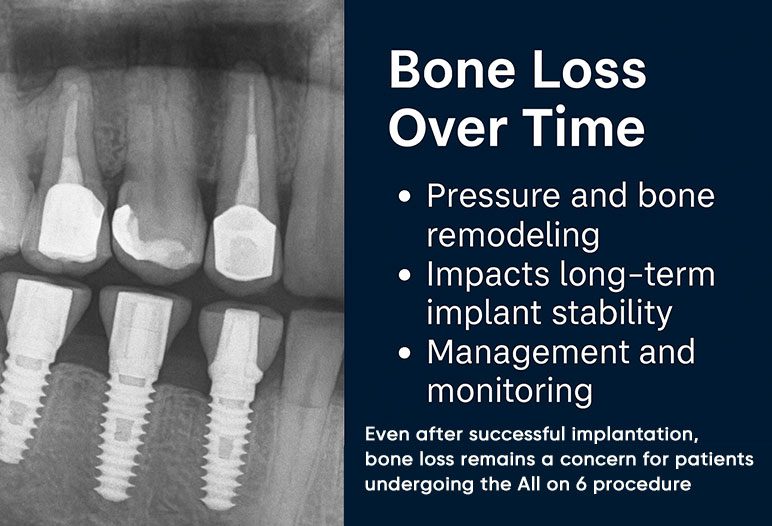
Impacts Long-term Implant Stability
Bone loss can have significant implications for long-term implant stability. Diminished bone density can alter the structural integrity of the jaw, making it harder to maintain the proper support for the implants and increasing the risk of complications.
Management and Monitoring
Dental professionals typically recommend regular monitoring of bone health through imaging techniques, such as X-rays. Early detection of bone loss allows for timely interventions, including bone grafting or adjustments to the prosthetic.
Speech or Chewing Difficulties
After receiving All on 6 dental implants, patients may experience temporary speech or chewing difficulties. This adjustment period is not uncommon and can vary from individual to individual.
Adjustment Period Required
New implant recipients often go through a learning curve as they adapt to speaking and eating with the new prosthetic. Initially, patients may experience slurred speech or difficulty pronouncing certain words clearly, which can cause frustration and self-consciousness.
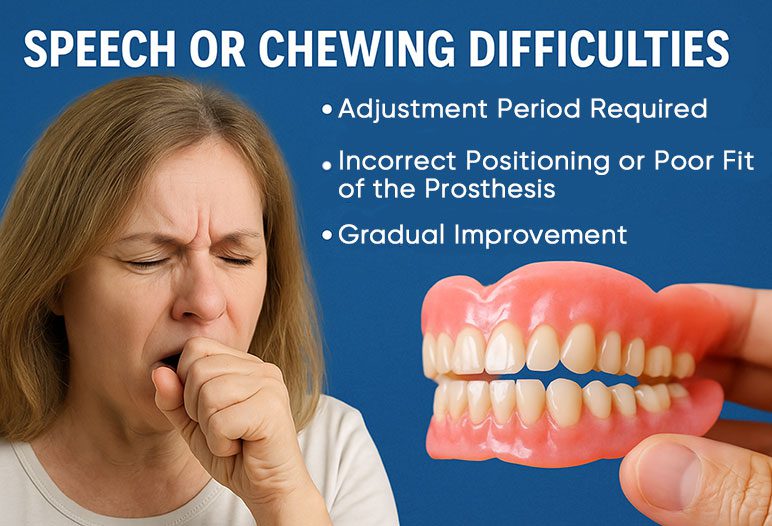
Incorrect Positioning or Poor Fit of the Prosthesis
If the prosthesis is not correctly positioned, it can exacerbate speech difficulties. Regular follow-ups with the dental provider can help address any fitting issues before they escalate.
Gradual Improvement
Most patients find that with time and practice, their speech and chewing abilities improve significantly. Consistent communication with the dental team can facilitate this transition and enhance overall satisfaction with the treatment.
Nerve Damage or Sinus Issues
While rare, nerve damage and sinus issues are serious complications that can arise from improper implant placement, emphasizing the importance of skilled surgical technique.
Nerve Damage
If an implant is placed too close to a nerve, it can result in sensations such as numbness, tingling, or pain in the surrounding area. The mental nerve, located in the lower jaw, is especially prone to injury during implant placement.

Sinus Issues
In the upper jaw, improper placement of implants can encroach upon the sinus cavity, potentially leading to sinus infections or chronic sinusitis. Patients experiencing symptoms such as facial pain, pressure, or nasal congestion following implant surgery should seek immediate evaluation.
Preventive measures and solutions
To mitigate the potential all on 6 dental implants problems, several preventive measures can be taken before and after the procedure. These steps ensure not only successful placement but also long-term stability.
Choosing an experienced dental surgeon
Selecting a qualified and experienced dental surgeon specializing in implant dentistry is paramount. Prospective patients should research potential candidates, reviewing their credentials, training, and patient testimonials.
A highly skilled surgeon will possess extensive knowledge of anatomy and advanced techniques, minimizing the risk of complications.
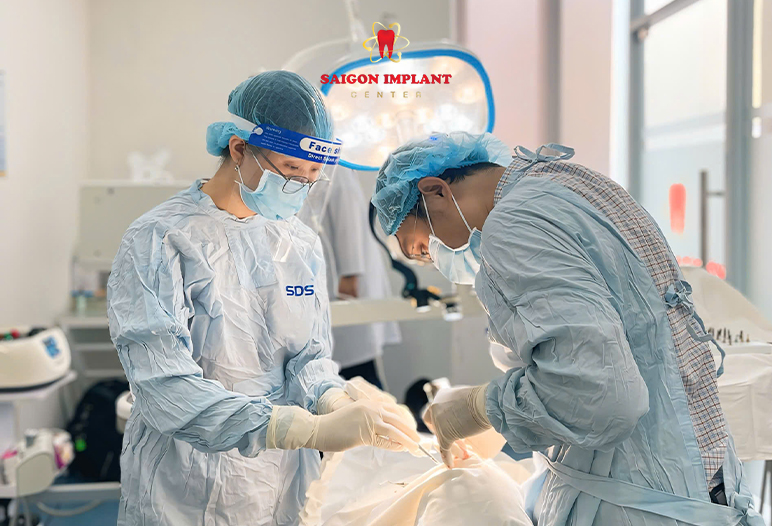
Proper treatment planning and diagnostic imaging
Thorough diagnostic imaging, including three-dimensional CT scans, is essential for precise treatment planning. These images allow the dental team to assess bone quality and quantity, ensuring that the implants are placed optimally for maximum support.
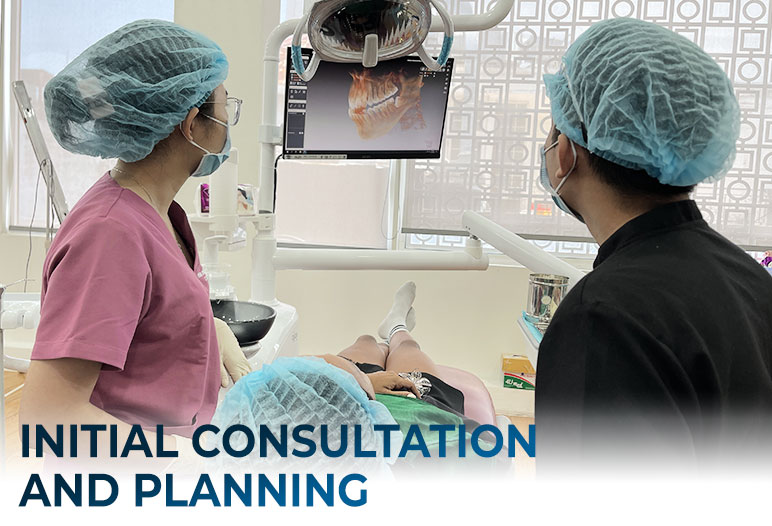
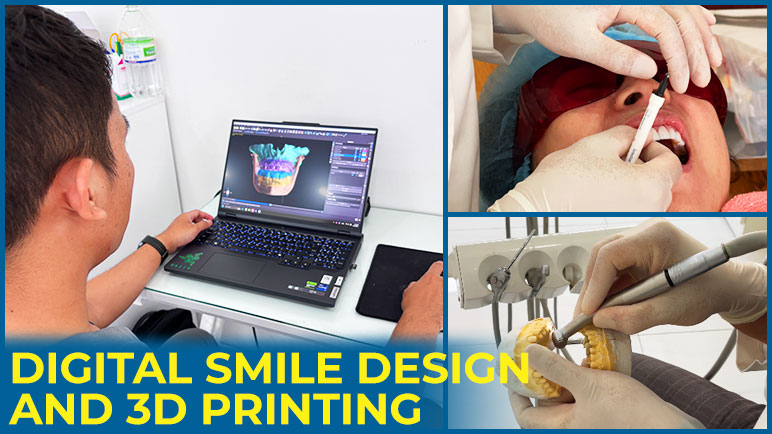
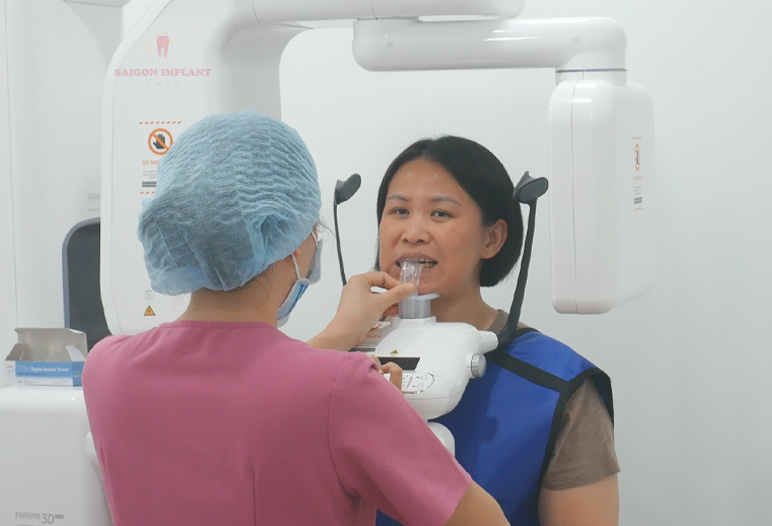
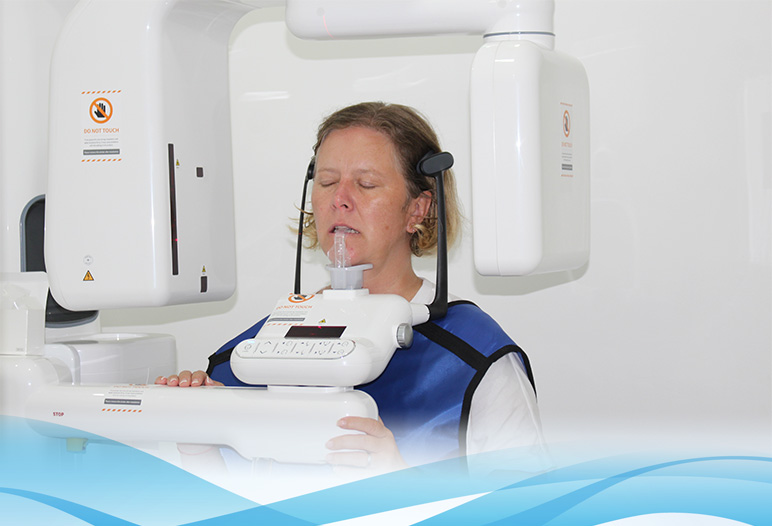
Maintaining excellent oral hygiene
The foundation of long-lasting dental implants lies in excellent oral hygiene practices. Patients should adhere to a strict regimen of brushing, flossing, and using antibacterial mouthwash.
Regularly visiting the dentist for cleanings and check-ups is equally important in maintaining the health of both the implants and the surrounding gum tissue.
Regular dental check-ups and follow-ups
Post-operative follow-ups are crucial for monitoring the health of the implants and surrounding structures. These appointments enable the dental team to detect early signs of complications, allowing for prompt intervention.

Lifestyle modifications
Making lifestyle changes can have a positive impact on implant success. Quitting smoking, for example, dramatically improves healing and reduces the risk of infection.
Additionally, maintaining a balanced diet rich in calcium and other nutrients promotes bone health and supports the longevity of implants.
Importance of patient education and aftercare
Understanding the potential all on 6 dental implants problems empowers patients to take control of their dental health. Educated patients are more likely to engage in open discussions with their dental providers, establishing a collaborative approach to care.
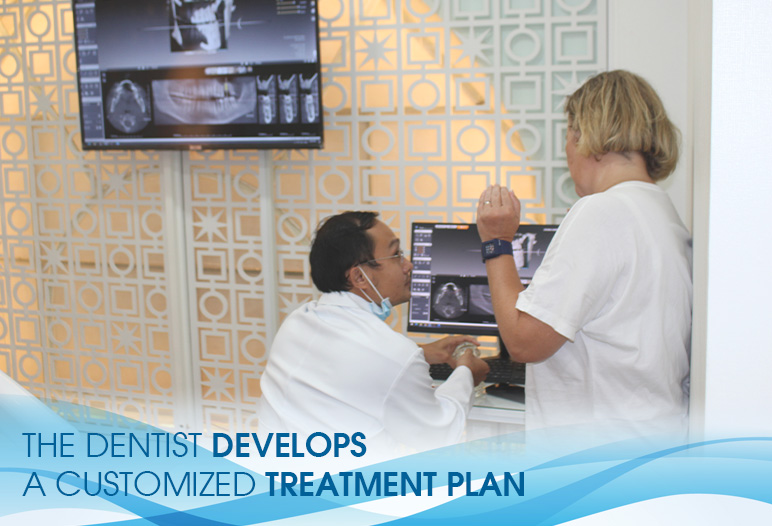
Understanding risks and setting realistic expectations
Education about the risks associated with dental implants helps patients develop realistic expectations regarding their treatment outcomes. Being aware of potential complications fosters a sense of preparedness, allowing patients to navigate challenges with greater resilience.
Long-term success: Dentist skill and patient care
The success of All on 6 dental implants hinges on a partnership between the dentist and the patient. While a skilled dental professional plays a crucial role in the surgery’s execution, patients must also commit to diligent aftercare and follow-up appointments.
Open communication is vital, allowing patients to voice concerns or questions as they arise. This dialogue bolsters trust and enhances the overall treatment experience.
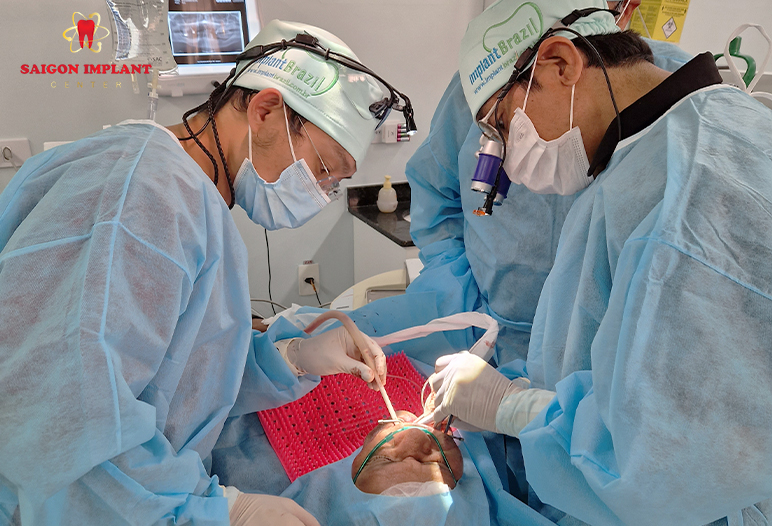
Emphasis on communication and aftercare commitment
Clear communication between the dental team and the patient is the cornerstone of effective aftercare. Patients should feel comfortable discussing any discomfort, changes, or concerns that emerge during their recovery.
Moreover, adherence to aftercare instructions, including dietary modifications and oral hygiene routines, directly influences long-term implant success.
Conclusion
All on 6 dental implants represent a revolutionary advancement in restorative dentistry, offering patients the opportunity to reclaim their smiles and enhance their quality of life. However, awareness of the potential all on 6 dental implants problems is crucial in navigating the journey towards successful treatment. By fostering an understanding of the associated risks and committing to preventive measures, patients can optimize their chances for success. Consulting a skilled implant specialist, coupled with diligent aftercare and open communication, ensures that the benefits of All on 6 dental implants far outweigh the challenges.

 Google Reviews
Google Reviews









 Call
Call
SAIGON IMPLANT CENTER
Best dentist in Vietnam
Saigon Implant Center - Dental Clinic utilizes the latest technology for specialized treatment in the field of Single implant, full jaw implants, All on 4 implants, All on 6 implants, Zygoma implant....
SAIGON IMPLANT CENTER
Best dentist in Vietnam
Saigon Implant Center - Dental Clinic utilizes the latest technology for specialized treatment in the field of Single implant, full jaw implants, All on 4 implants, All on 6 implants, Zygoma implant....